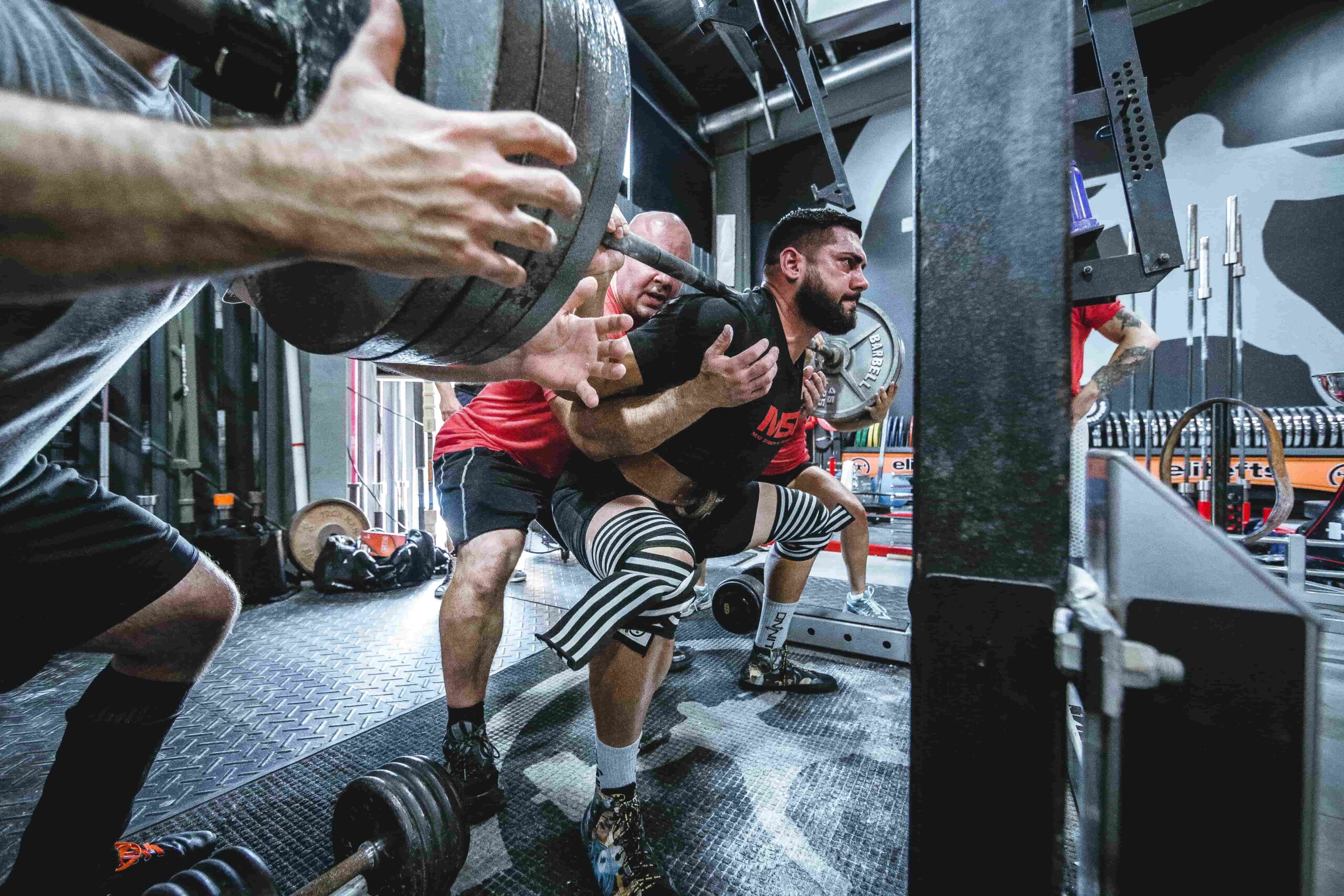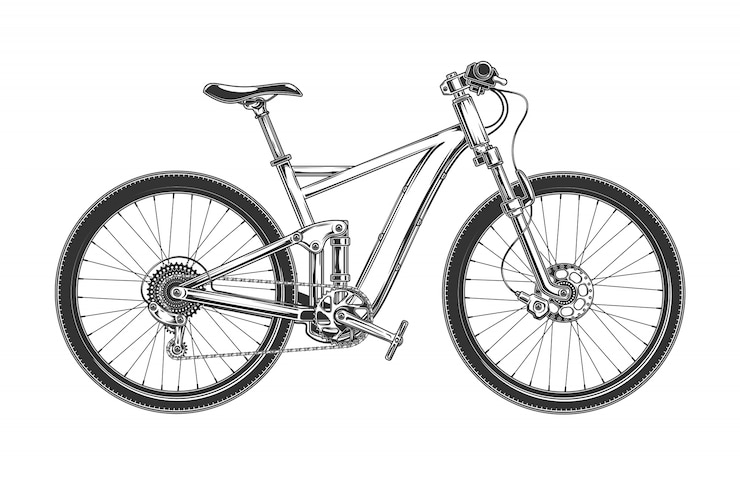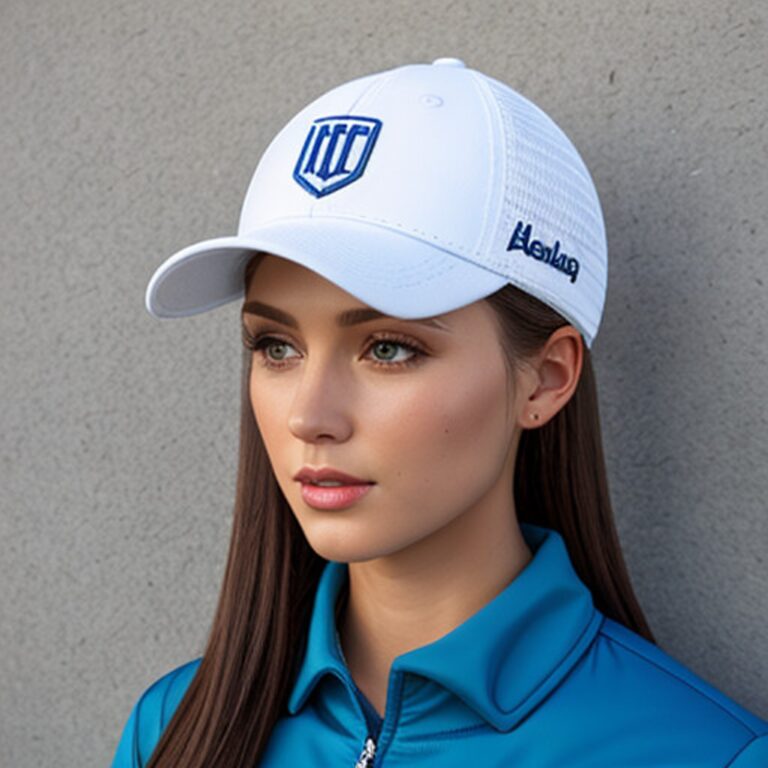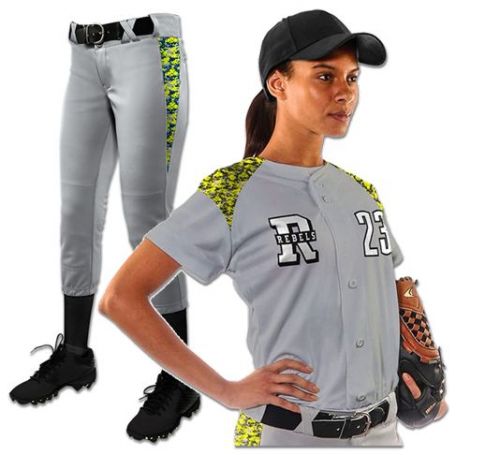Introduction:- Powerlifting is a sport that demands not only immense physical strength but also a deep understanding of its rules and regulations. Athletes in this discipline push their bodies to the limit in three primary lifts: the squat, bench press, and deadlift. To ensure fairness and consistency, powerlifting has a comprehensive set of rules that govern the execution of these lifts in competition. In this article, we will delve into the intricate world of powerlifting rules, covering everything from proper technique to competition procedures.
I. The Three Lifts
Powerlifting competitions consist of three main lifts: the squat, bench press, and deadlift. Each of these exercises has its own set of rules to ensure fair play and consistency.
- The Squat
The squat is the first lift in a powerlifting competition. Athletes must follow these key rules:
a. Stance and Bar Placement: The lifter must take a stance with the bar resting on their upper back, not on their neck or shoulders. The barbell should be centered and placed at a height determined by the lifter’s height and build.
b. Depth: The lifter must descend until the hip joint is below the top of the knee. The crease of the hip must be clearly below the knee level. This ensures that squats are executed to a specific depth, which is crucial for fairness and uniformity.
c. Signals: The lifter must wait for commands from the head judge before starting the lift. These commands include “squat” to initiate the descent and “rack” to complete the lift. Failing to follow these commands can lead to disqualification.
- The Bench Press
The bench press is the second lift in a powerlifting competition. Athletes must adhere to these key rules:
a. Starting Position: The lifter must lie on the bench with their eyes under the bar. Their feet must be flat on the floor, and their head, shoulders, and buttocks must be in contact with the bench at all times.
b. Grip Width: The lifter’s hands must be placed within a maximum width defined by the competition rules. This ensures that all lifters have a fair and standardized starting position.
c. Bar Control: The bar must be lowered to the chest and then pressed back up to arm’s length in a controlled manner. The lifter must wait for the “start” and “rack” commands from the head judge.
Discover the inspiring journey and achievements of a remarkable sports player Yuvraj Singh and Kapil Dev, an embodiment of talent, dedication, and excellence in athletics
- The Deadlift
The deadlift is the final lift in a powerlifting competition. Athletes must follow these key rules:
a. Starting Position: The lifter stands with the feet shoulder-width apart and grips the barbell. The arms must be straight, and the shoulders must be back. This is the starting position from which the lift will be initiated.
b. Full Lockout: The lifter must lift the bar from the floor to a fully erect position. This means the shoulders are back, the hips are fully extended, and the knees are locked. The lifter must wait for the “down” command from the head judge before lowering the bar.
II. Competition Rules
In addition to the specific rules for each lift, powerlifting competitions have a set of general rules to ensure fair and consistent judging. These rules include:
-
Attire: Lifters must wear a singlet and a t-shirt, along with approved shoes and knee-high socks. The attire should be tight-fitting but not excessively so, to allow judges to assess the lifter’s positioning.
-
Attempts: Lifters have three attempts for each lift – squat, bench press, and deadlift. They must declare their opening weight before the competition starts. After each attempt, they can choose to increase the weight for their next lift.
-
Weight Classes: Competitors are grouped into weight classes to ensure fairness. There are several weight categories for both men and women, ranging from the lightest to the heaviest.
-
Scoring: Powerlifting competitions use a scoring system that takes into account the lifter’s best lift in each of the three categories. The lifter with the highest total is declared the winner.
-
Judges and Commands: Each lift is judged by a panel of referees, including a head judge and two side judges. Lifters must wait for specific commands from the head judge before and after each lift to ensure uniformity.
III. Technical Violations
Powerlifting competitions have a stringent set of rules to maintain fairness and safety. Violations of these rules can result in disqualification or a failed lift. Common technical violations include:
-
Not waiting for commands from the head judge before starting or ending a lift.
-
Failure to achieve the required depth in the squat.
-
Failing to lock out fully in the deadlift.
-
Inconsistent grip width in the bench press.
-
Lifting the buttocks off the bench during the bench press.
-
Dropping the bar before the “down” command in the deadlift.
IV. Strategy
Powerlifting is not just about brute strength; it also involves strategic planning. Lifters need to carefully choose their opening weights, increase their attempts wisely, and conserve energy for later lifts. Here are some key strategic considerations:
-
Opening Weights: The opening weight for each lift should be a weight that the lifter can confidently complete. It serves as a confidence booster and sets the stage for the competition.
-
Attempt Selection: Lifters need to choose their subsequent attempts based on their performance. A good strategy is to aim for personal records while avoiding overreaching.
-
Energy Management: Competitions can be long, and maintaining energy and focus is crucial. Lifters need to find a balance between pushing their limits and preserving energy for their final attempts.
-
Consistency: Lifters must aim for consistent, technically sound lifts to minimize the risk of technical violations or failed attempts.
V. Conclusion
Powerlifting is a sport that combines raw strength with precision, and its rules play a critical role in maintaining fairness and uniformity. Lifters must adhere to strict guidelines for the squat, bench press, and deadlift, as well as general competition rules. Powerlifting is not just about lifting heavy weights; it’s about doing so with impeccable technique and strategy.
Understanding these rules and regulations is essential for both beginners and experienced powerlifters. Whether you’re competing at the local level or aiming for the world stage, a deep knowledge of powerlifting rules will guide your training and help you perform your best on the platform. So, as you continue your journey in the world of powerlifting, remember that strength is only part of the equation; the rules are your path to success.






















